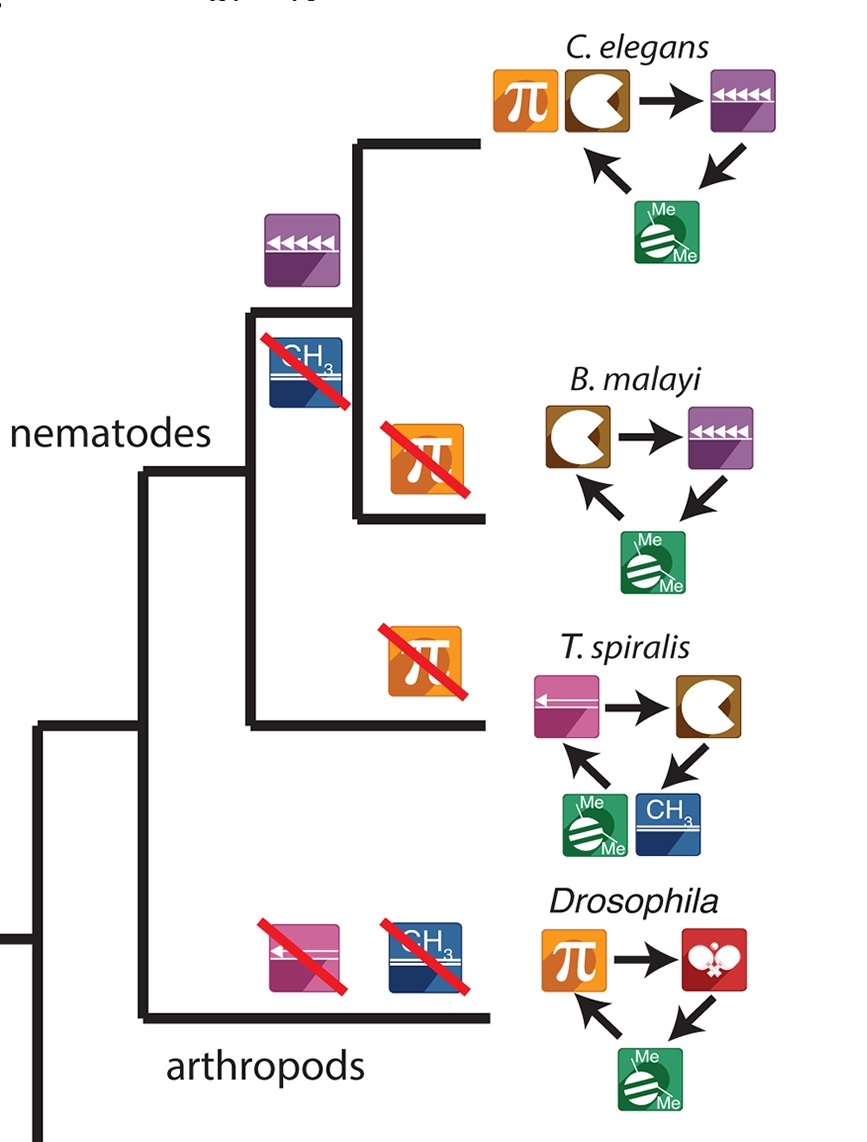This Week in PLOS Biology
In PLOS Biology this week, you can read about shrinking the gap between patients and researchers, cookie-cutting membrane perforators, the breakdown of a cozy relationship between flies and bugs, how worms fight selfish DNA, and fine-tuning signaling pathways.
Getting Patients into the Lab
In a new community page, Marion Mathieu, Constance Hammond and David Karlin describe a lab-based training programme to help patients with genetic and autoimmune diseases better understand the scientific method and how research works in practice. This helps to foster partnerships between patient groups and medical experts.
How Perforins Punch a Hole through Membranes

Natalya Lukoyanova, Stephanie Kondos, Helen Saibil, Michelle Dunstone & colleagues use a combination of structural methods which reveal the complex process by which the perforin-like fungal toxin Pleurotolysin rearranges its structure to form a pore that punches a hole in target cell membranes. The Although the study was performed on a fungal toxin, similar proteins perform important roles in our immune cells to protect us by destroying infected cells, cancerous cells, and bacteria. See the amazing video here.
When Wolbachia Mutualism Breaks Down
Performing genetic studies on symbiotic organisms is inherently challenging. An elegant experimental evolution approach by Ewa Chrostek & Luis Teixeira reveals that a strain of the symbiotic bacterium Wolbachia that over-replicates and shortens the life of its fruit fly host owes this property to the amplification of a small region of its genome. Read the accompanying Primer by Nicole Gerardo.
Dynamic Evolution of Small RNA Pathways in Nematodes

10.1371/journal.
pbio.1002061
Peter Sarkies, Eric Miska and colleagues have conducted a survey of the nematode phylum which reveals loss of the Piwi/piRNA pathway in several lineages, but RNA-dependent RNA polymerases control transposable elements in its absence. Their approach involved starting from the well-known situation in the model organism Caenorhabditis elegans and then doing a broad study of small RNAs—and the proteins that make and then use them—across the entire nematode phylum. Read more in the accompanying Synopsis.
Positive and Negative Feedback in TGFβ Signaling

10.1371/journal.
pbio.1002051
Cells depend on signals from their microenvironment to carry out their normal functions and coordinate responses. A new research article by Wenchao Gu, Roger Patient and colleagues found that the LIM domain binding protein Lbd2a mediates both positive and negative feedback via transcription factors of the SMAD family, thereby fine-tuning the regulation of transcription in response to transforming growth factor β signalling during embryonic development.
